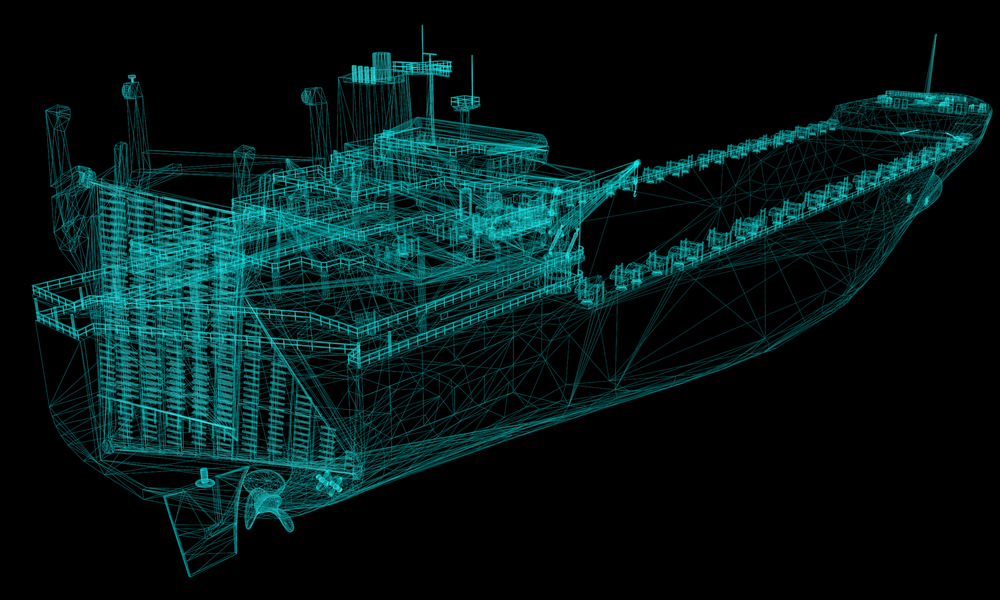New technology in the maritime industry is spurring seachange

For centuries, the maritime business has run on a simple and decidedly low-tech principle: Load goods onto a ship and move them from point A to point B as quickly as possible.
Yet the shipping-line sector has quietly begun embracing a digital transformation in a bid to move the industry—and products—forward to the modern era. How? By tapping technologies that offer a real-time holistic view of shipping operations and result in enhanced efficiency, smarter decision making, lower costs and increased visibility.
In fact, on average shipping operators expect to spend about $2.5 million on Internet of Things-based solutions within three years, with forecasts of cost savings of 14 percent in the next five years linked to implementing the technologies.
What’s propelling the transformation? Progressive shipping operators are using connected systems and leveraging data gleaned through the Internet of Things (IoT), artificial intelligence (AI) and blockchain technologies. These technologies can help translate into more streamlined operations, smarter route planning, improved cost efficiency, reduced fuel consumption, improved regulation compliance as well as navigational safety.
The brain of the core onboard technology is a network of embedded sensors, which provide an internal map of the ship. This map analyzes the generated IoT data in real-time to predict fault areas quickly and can potentially prevent a small error from becoming a bigger, costlier problem. In fact, the use of IoT in shipping can mean the difference between a vessel going full-steam ahead or having to drop anchor.
For example, with IoT sensors and AI in shipping, operators can predict parts’ life expectancy or forecast when crucial equipment such as gears, motors and valves may need to be repaired or replaced before they wear out. They can then plan for those actions while at port instead of at sea, ensuring the vessel avoids costly downtime and remains on schedule.

In an industry that still relies on millions of paper documents, shipping companies are also beginning to explore and adopt blockchain technology, an electronic ledger system that allows transactions to be autonomously verified. By reducing the need for printed documents, numerous cost savings across the industry are possible through this use of blockchain in shipping.
At the same time, shipping captains can harness internal and external data that the AI technology gathers so they can make more data-based decisions based on weather conditions, port loading times and route congestion—translating into a more profitable journey for the customer and operator.
To be sure, the industry faces obstacles in implementing these technologies. For instance, a reliable, secure and resilient Internet connection at sea is still a challenge. At the same time, since vessels move between countries, operators need to be prepared to meet multinational regulations on how the technologies are applied.
Still, adopting these smart technologies means shipping operators have improved overall visibility of their operations, leading to more intelligent decision making in all aspects of business. That results in sustainable shipping practices, more enhanced logistics management and customer engagement.
For this former old-school industry, that’s certainly a seachange.
About the author
Gururaj Bengeri is a business development consultant working in the Asia-Pacific presales organization for Siemens PLM Software. He has been working with Siemens for more than 19 years, consulting with both green field & brown field customers and helping them understand the value and the benefit from a full enterprise digitalization strategy.


